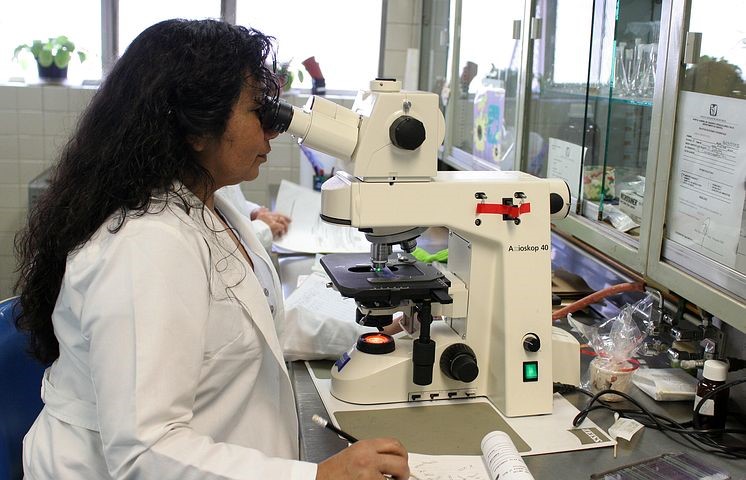
Picture Credit: Pixabay
Tracing your ancestry may like a large and difficult task. However much you might want to know your heritage and family history it is easy to be put off by the seemingly endless amount of research and study you have to do. A man in the UK claims to have created the biggest documented family tree in the world by tracing and adding 10,000 of his ancestors to it. This is a feat, especially notable because much of it was done before the internet and DNA testing which has made research so much easier. It took him 28 years and cost him £20,000! Thankfully, these days you can guarantee you won’t need that level of dedication, or the bank balance. This is thanks largely to the internet, DNA testing, and the fact that tracing ancestry is such a popular pastime currently, so there are plenty of easy ways to gather a surprisingly large amount of information.
Here are a few easy ways you can get started on tracing your family tree:
- Get an ancestral DNA test – these tests are easy, fast, and provide a large amount of information. All you do is decide which DNA testing company you are going to choose, order your kit, send off your sample (either by spitting in a test tube or collecting a cheek swab) and you get your results back in just a few weeks. The results vary according to which company you use, but in the main, you get information about your ancestors’ ethnicities and geographical locations.

1Picture Credit: ernestoeslava from Pixabay
Also, your DNA is matched with other people who are on the database of the company you use with the potential to make contact. Once you make contact you are likely to find other family members who have done their family tree research so you can put your combined family trees together. The DNA testing companies all have various optional buy-ins that make further services or information available to you; subscriptions to their records or family tree building software for example which you may or may not choose to try at some point.
- Get chatting (with purpose) – talk to all your relatives. More specifically ask them questions about what they know or can remember about their past as well as other family members. Open-ended questions work best as they will draw out the most information to help you build on your family tree. This should be fun and can be a great way to build and strengthen relationships between family members. Research has shown that children who know about their family histories are better emotionally equipped than those who don’t, so this is an excellent opportunity to get the kids involved.
 Picture credit: Pixabay
Picture credit: Pixabay
- If you are in the USA (or your ancestry trail leads you there) Check out the National Archives they have records you can search for free and lots of links to other genealogy sites where you can access even more information. For those in the UK or who need to search UK records, the British Library is the site to head for.
- For some more unusual ways to search you could try looking at Find a Grave if you have names and areas, your ancestors lived in. Or, you could try joining Facebook groups or genealogy forums; you’d be surprised how many people find others researching the same family tree, although usually different branches, on these sites.
 Picture Credit: artbejo from Pixabay
Picture Credit: artbejo from Pixabay
Simply by taking these four steps, you will find you are well on your way to building a family tree for your pleasure, as a legacy for your children and grandchildren, to open up possibilities for meeting new relatives, traveling to places where your ancestors lived or where current relations live now. Wherever tracing your family tree takes you, it will be interesting, informative, and enlightening; enjoy the journey!